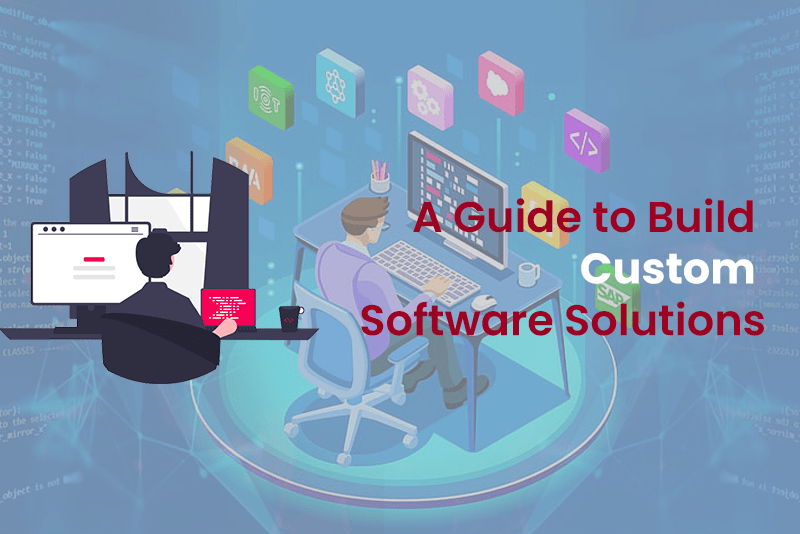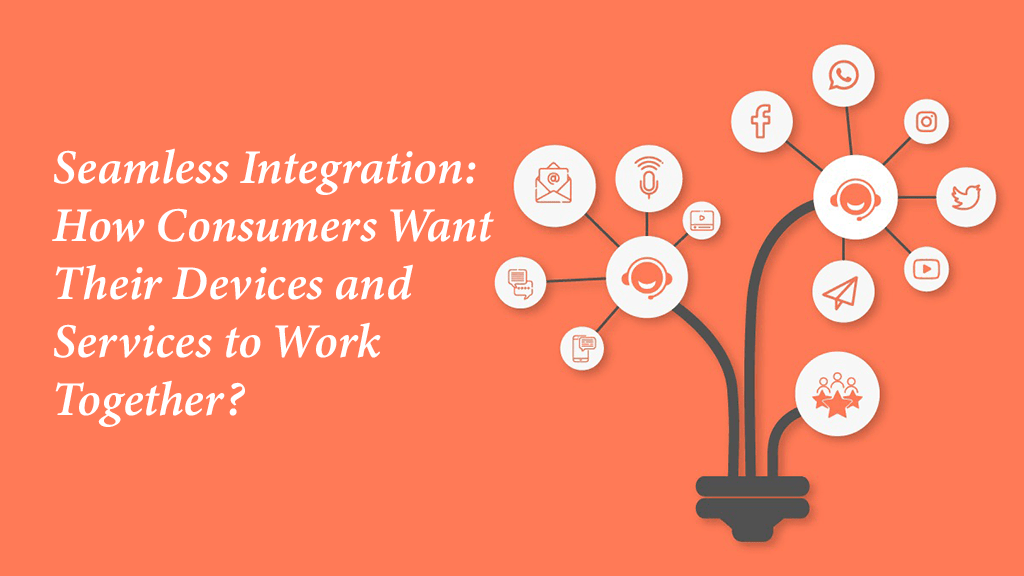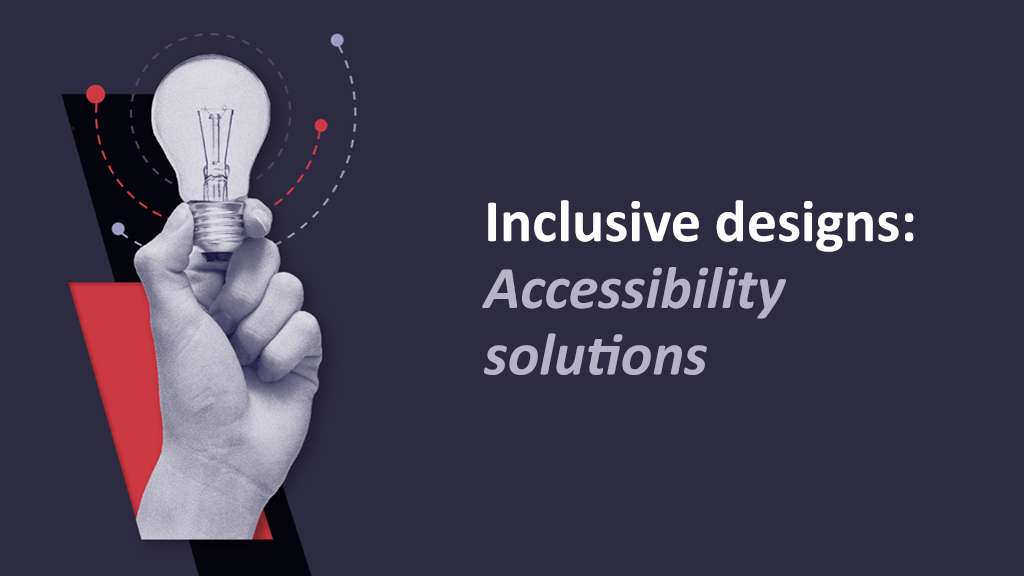From Idea to Implementation: A Guide to Build Custom Software Solutions

In this competitive digital realm, every organisation wants to own exclusive custom software solutions to meet their specific requirements.
This is because off-the-shelf softwares often lacks features that businesses desperately need and include those that are hardly used. Such software can meet only generic needs.
Here comes tailored software solutions. These solutions are developed with exact features and functionalities a company desires for itself.
In this custom software development guide, we will explore the best practices and step-by-step processes involved in building custom software solutions.
7 Key Steps of Software Development Process
Customised solutions come in different shapes and sizes; they can be mobile apps or web apps depending on business needs and problems. Many organisations choose to design their own unique software to have complete control over its features, functionalities and user experience.
Here is a step-by-step guide to build custom software solutions:
1. Discovery Phase: Define Your Needs
It is crucial to clearly define, document, and analyse all requirements before writing a single code. This initial phase of custom app development involves understanding business processes, determining pain points, and projecting how the new creative solutions will address these challenges.
You must articulate all features and outcomes in priority order. Select only those requests that align with the company’s overall objectives.
This ensures every stakeholder is on the same page when the development phase begins.
2. Determine the Budget
Make sure all project partners are aware of the time, resources, and possible additional expenditures before starting development. Inaccurate estimations run the risk of overspending or causing feature delivery to be delayed.
3. Define the Scope of the Project
After timelines and expectations are set, the next step is to define a clear project scope. Specify exactly how much work will be done on each request before addressing new features of the software.
4. Establish Milestones
Project managers often set short-term goals when building custom apps. These checkpoints help them track progress, finalise requirements, and ensure everything stays on track. This way, they always have clarity on achieved goals and remaining ones.
5. Designing and Development
Once the groundwork is done, designing and development of your creative software solution begins. Here, you will require a solid team of developers well-versed in the latest technology trends as well as best practices for development workflows.
- Prototype: Often, prototypes are built to demonstrate the software and receive feedback from stakeholders to make refinements. In this phase, developers first prepare wireframes to plan out how the software will look and work. This helps stakeholders understand the layout and flow of the custom app.
Then, the developing team designs the actual user interface (UI). - User-Centred Design: Prioritise user experience (UX) and usability in custom software for a seamless experience. Utilise user research, feedback, and UX/UI designers to meet user needs, enhancing satisfaction and adoption rates.
- Development: After completing the design and prototyping, the development phase begins. Developers write the code and build the software utilising the chosen technology stack. This phase involves adding features, integrating with external systems or APIs, and establishing a robust software foundation.
6. Testing
Before adding more features and functionalities, testing each small part of the development chain is crucial. This phase involves diverse tests to ensure the custom app works properly, handles high traffic, is secure, and user-friendly.
Testers identify issues and report them so that the programme can be improved and rectified. The best way to confirm any bugs in your app is through beta testing – asking clients to test the application.
7. Deployment and Implementation
Following the testing, the software is installed carefully, configured to meet specific needs, and checked for compatibility with existing systems. During this phase, users receive training and documentation for better adoption and use.

Reduce the Risk of Failure With Best Development Practices
Adhering to these best practices for software development will help reduce the likelihood of failure:
Define Clear Goals & Requirements
As we saw in the discovery phase above, the success of any custom software is attributed to the clarity of its objectives and requirements. Setting these objectives early on helps ensure that every feature and every line of code adds to the achievement of your business goals.
Choose the Right Software Development Company
The software company must have relevant domain knowledge about your business and expertise in the required technologies. The developing team should understand your business vision and have the expertise to translate it into a viable software solution.
Consider factors like their experience, communication style, project management methodology, and a track record of successful projects. A reliable development partner, like Topnotch IT Consultant, understands your objectives and effectively delivers high-quality software solutions.
Communicate Frequently
The entire process of developing creative software solutions demands a lot of communication between you and your developers. Maintaining frequent communication with developers helps reduce risks and avoid unnecessary delays by keeping you updated on the project’s progress.
Agile Methodology & Iterative Development
Agile development is a strategic approach that guarantees responsiveness and adaptability in custom app development. In this method, software is developed iteratively, which allows for frequent reevaluation and adjustments. Agile relies heavily on iterative development since it allows for testing and improvement in cycles, and guarantees that each iteration advances the project towards the intended result.
Training and Change Management
It takes skill to manage people and technology when implementing new software. The best practices include training, continuous support, and unambiguous explanation of the advantages of the software. To fully utilise the technology, it is imperative that staff are empowered to accept it.
Maintenance and Support
After specialised software is deployed, it requires continuous support. Maintaining an application entails bug fixes, frequent updates, feedback-driven improvement, and staying current with emerging technologies.
In addition, the support also involves technical support and troubleshooting assistance for users. That’s how you can ensure that your custom app keeps meeting the evolving needs of your organisation.
Security and Data Privacy
Keeping your data safe and secure is super important. Any software you get customised must have strong security measures to protect sensitive data and follow rules like GDPR, HIPAA, or PCI-DSS.
This means using encryption, access controls, and authentication methods when coding. You should also do regular security checks and tests to find and fix any vulnerabilities in the software.
Conclusion
The bottom line is that it’s important to use attractive UI/UX design, appropriate programming languages, and technologies to customize a leading software solution.
Therefore, as an organisation, you must take help from a recognized software development company capable of managing all the custom software development processes in an agile manner.


Seamless Integration How Consumers Want Their Devices and Services to Work Together
July 17, 2024 Read More

